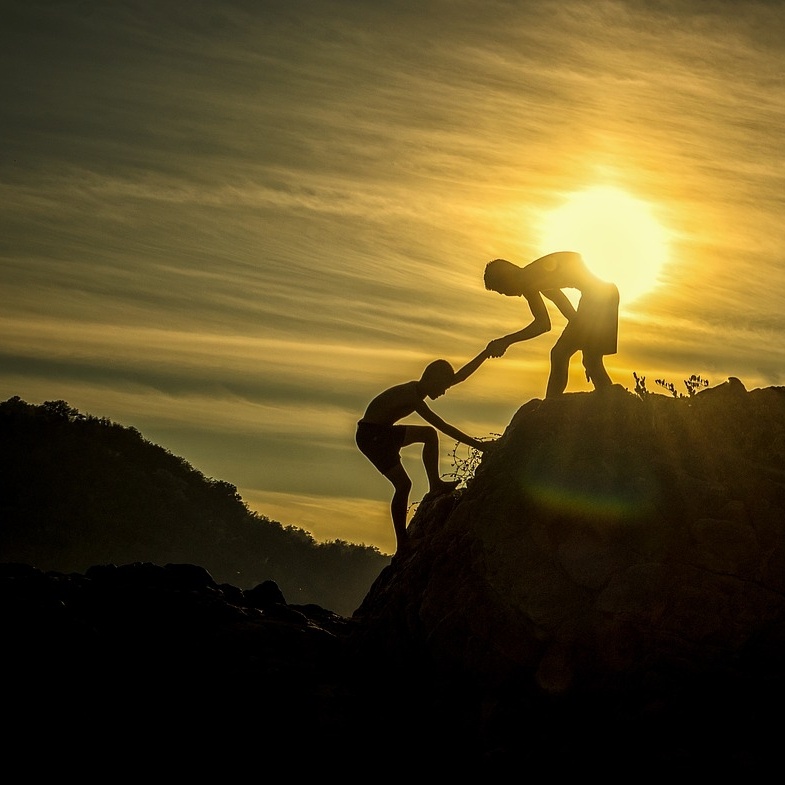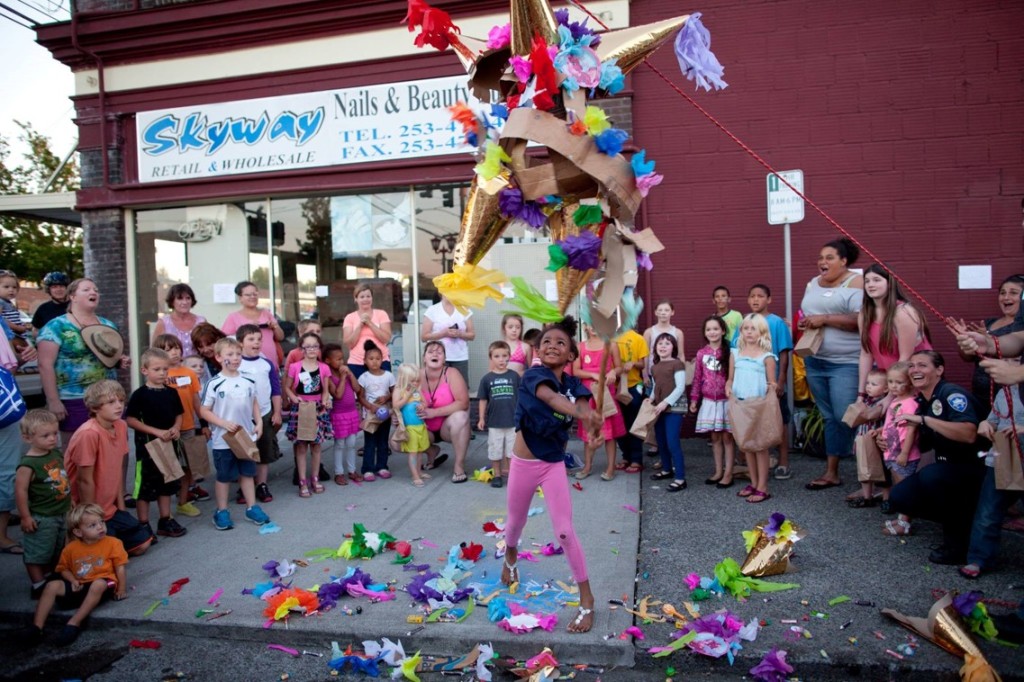Telling a Neighbourhood Resiliency Story by Reading the Data
When Community Resilience to Extreme Weather (CREW) decided to pilot a neighbourhood resiliency map for Toronto’s Wards 13 & 14 it asked Jose A. Lao and Santessa Henriques for help. Resiliency is the ability of a community to cope with extreme stressors, make the very best of them, and bounce back afterwards. It sounds straightforward but measuring it is not so simple.
Read More






